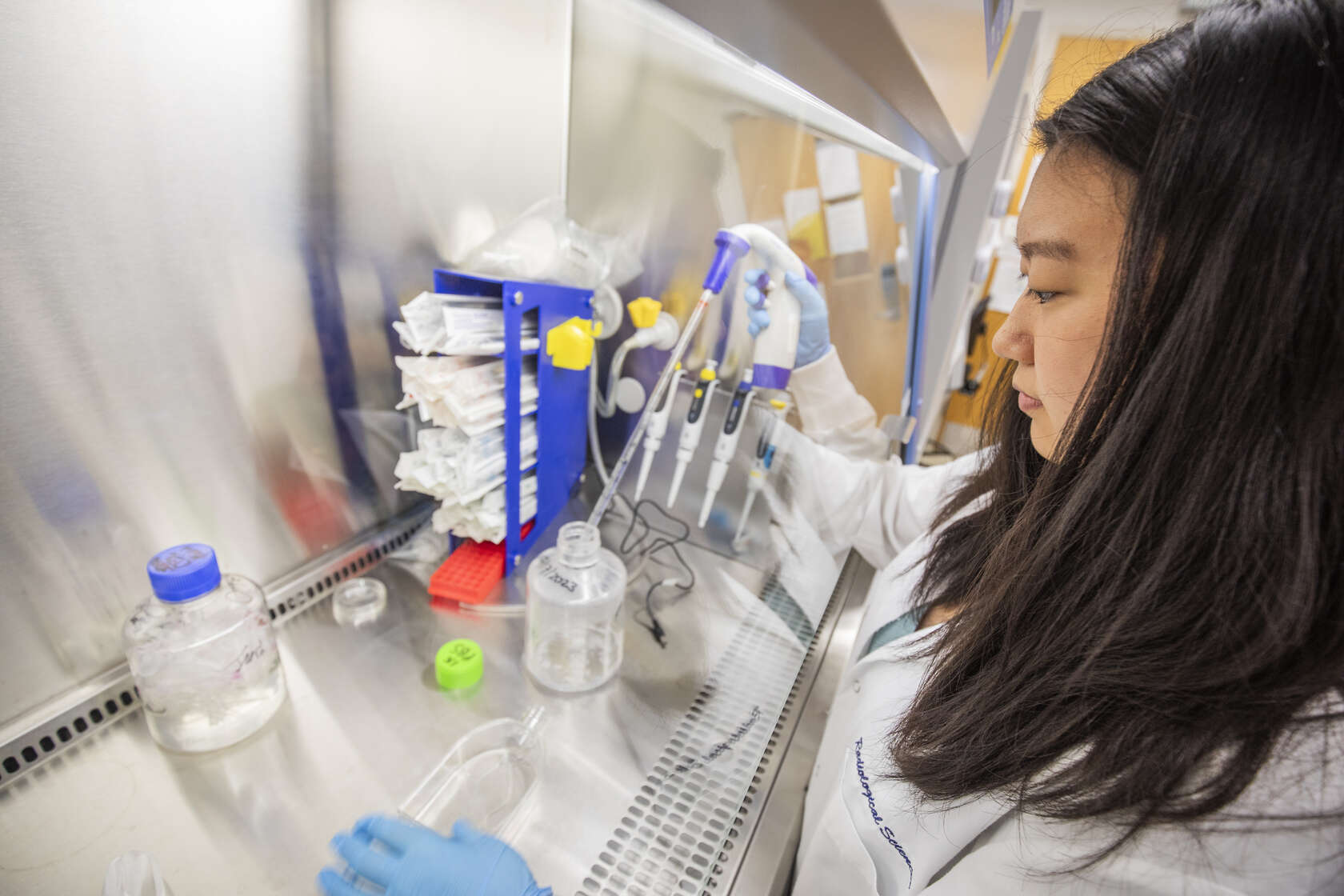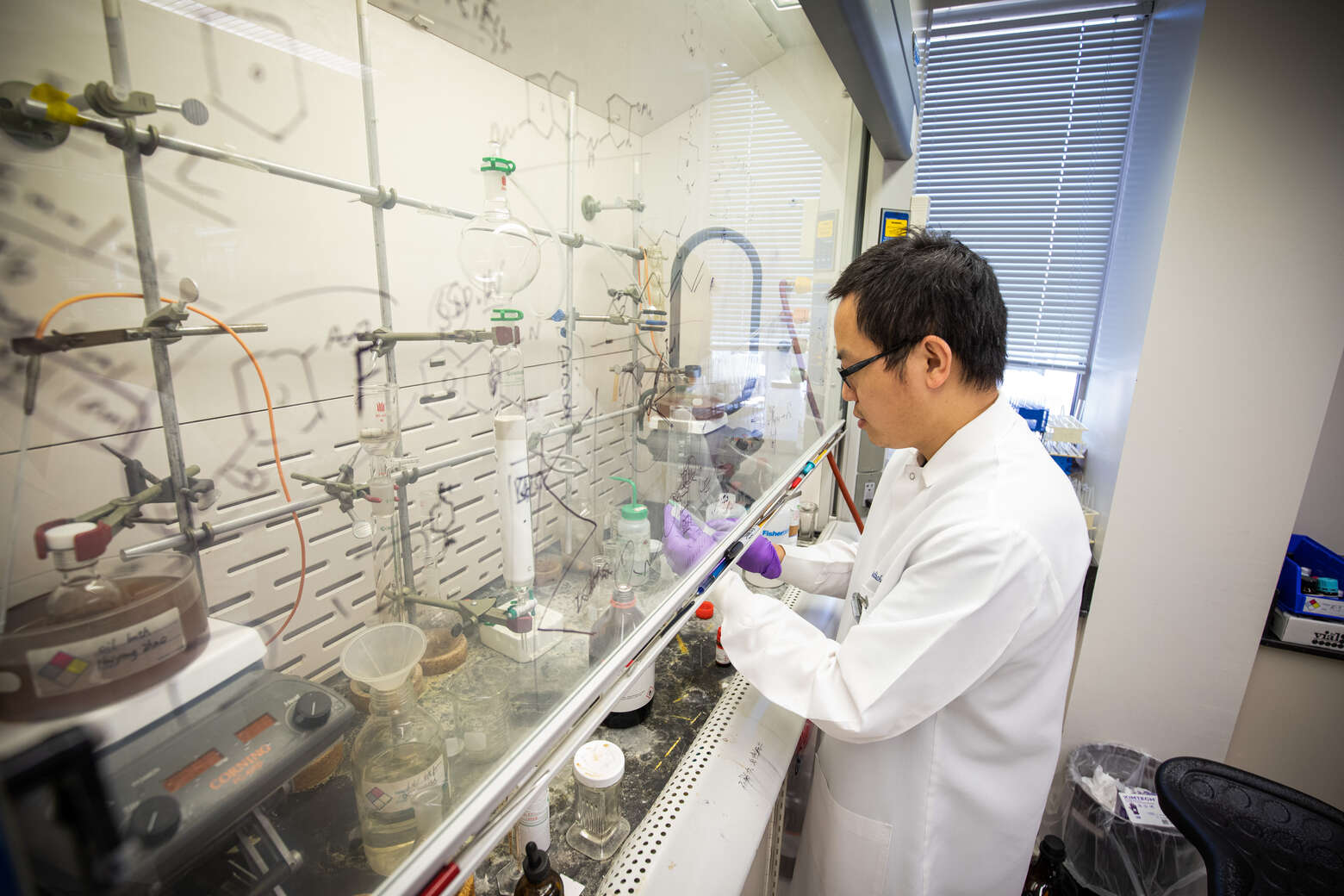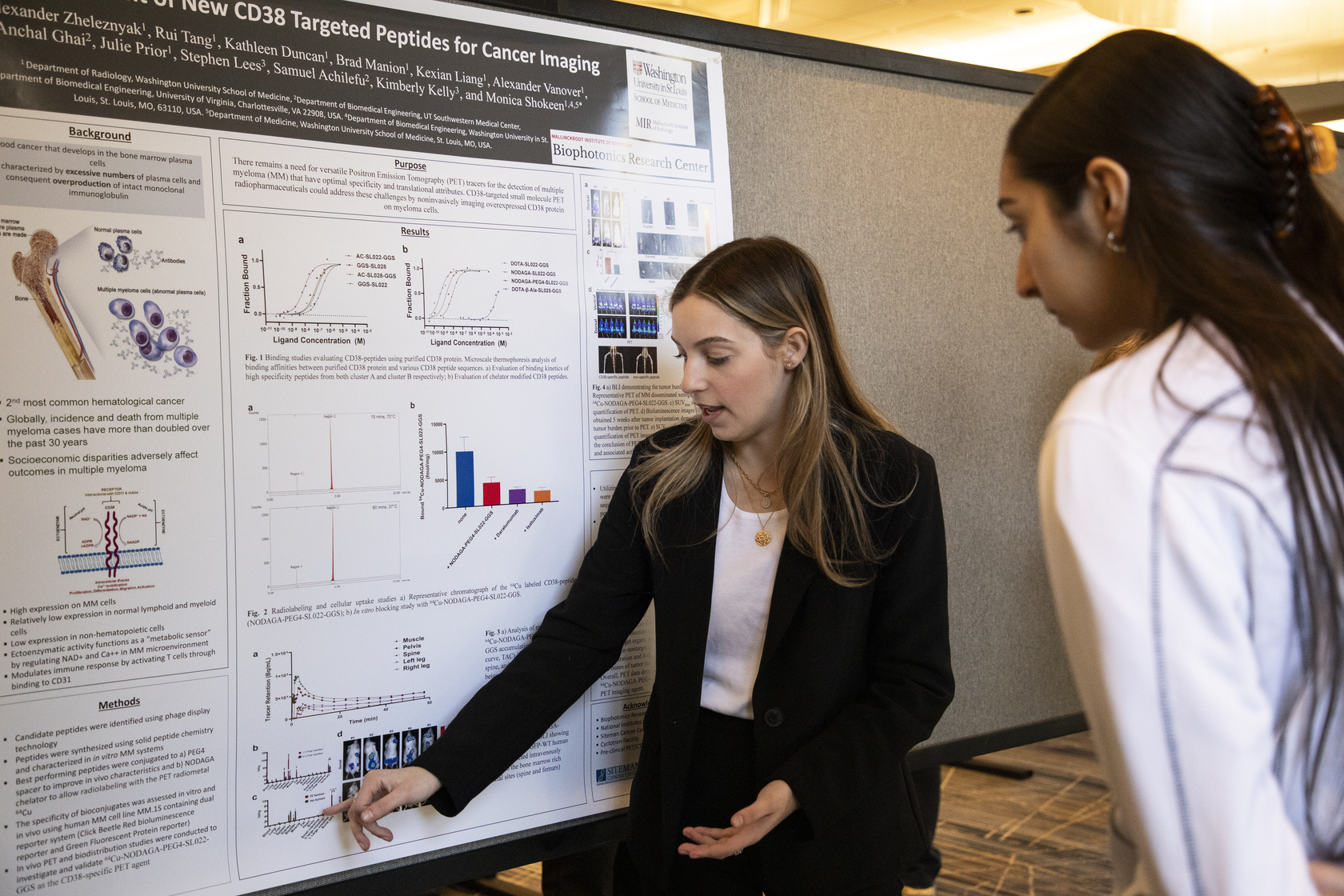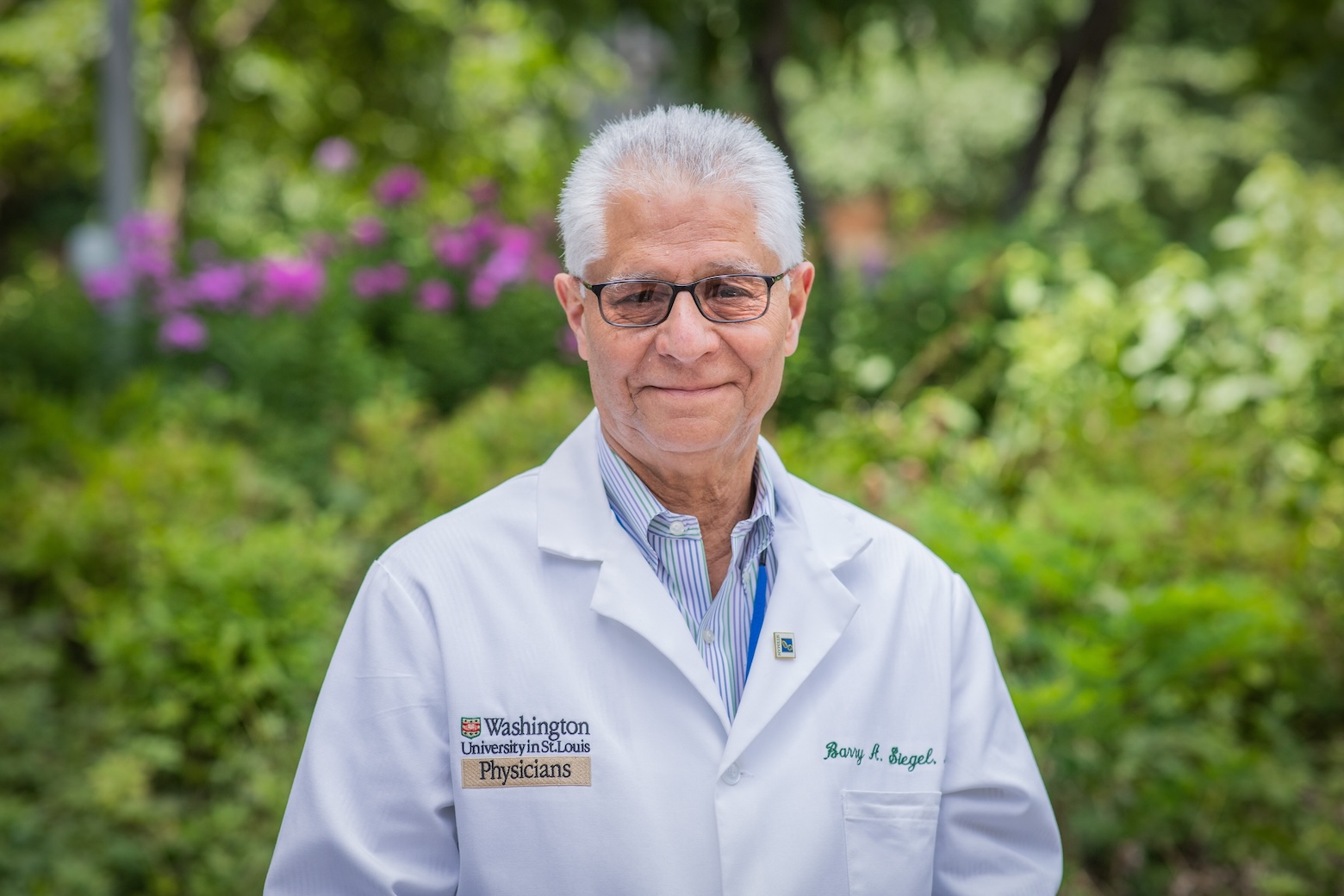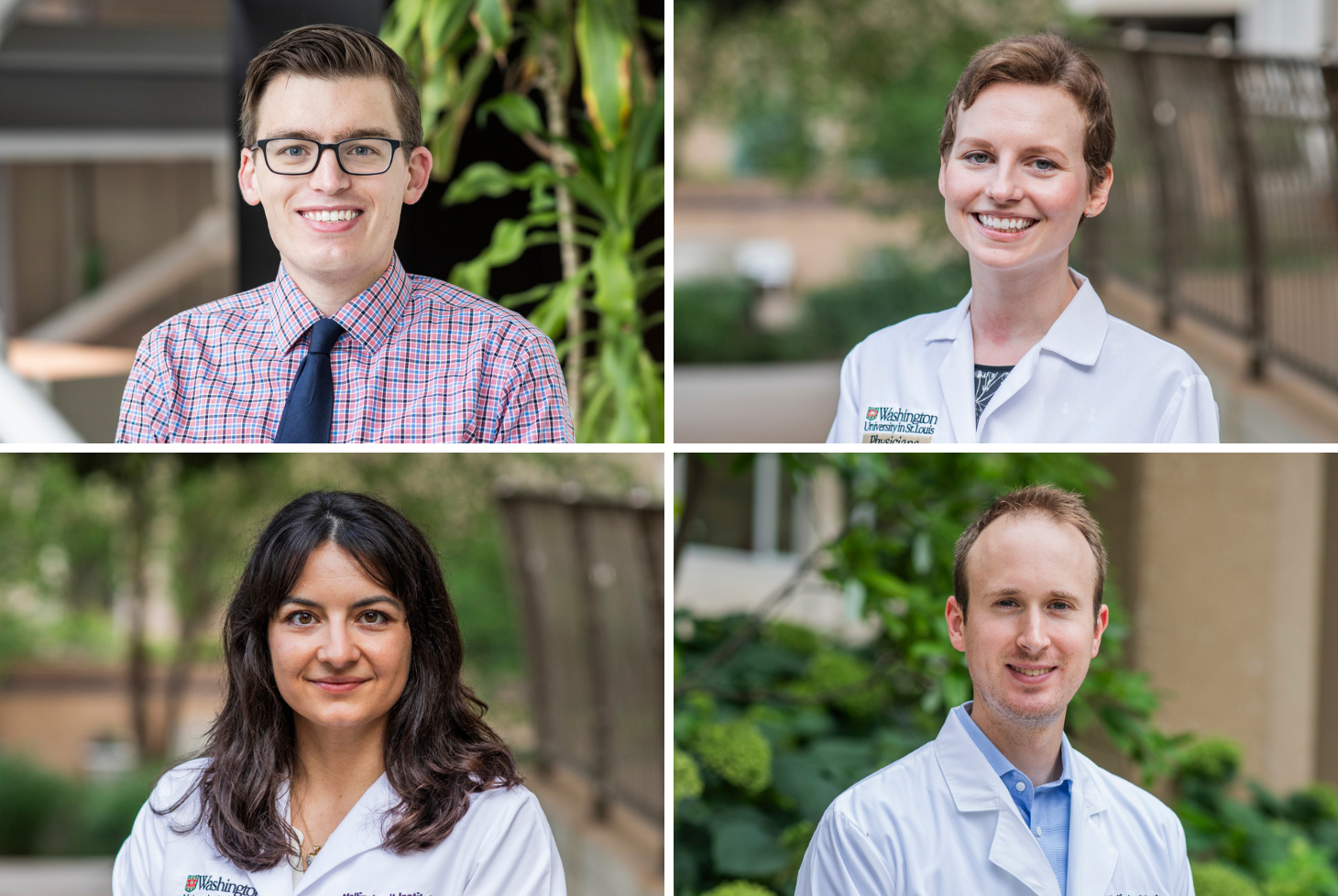Lung Cancer Screening: Early Detection Can Save Lives
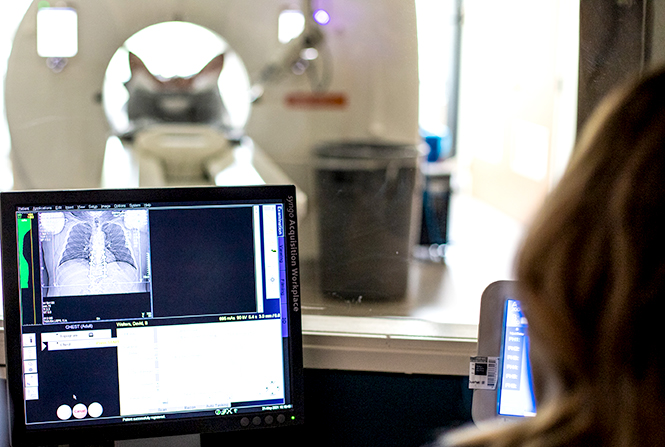
Lung cancer is the leading cause of cancer deaths in the U.S. and because it typically doesn’t cause symptoms it often goes undetected until it becomes advanced. But there is some good news. Regular wellness screenings increase your chance of catching the disease earlier and in its more treatable stages.
How does a lung cancer screening work?
Radiologists use low-dose CT scanning (also called a low-dose CT scan or LDCT) to make detailed images of the lungs. The amount of radiation in an LDCT is lower than a chest X-ray or a standard CT scan and the entire process only takes a few minutes.
How do I know if I should get screened?
Government guidelines recommend a lung cancer screening if you are 50 – 80 years old and have a smoking history of at least 20 pack years (e.g. 1 pack per day for 20 years, 2 packs per day for 10 years, etc.). You are also eligible if you quit smoking within the last 15 years.
What do I need to do to schedule a screening?
To learn more about this important screening or to find out whether you’re a candidate visit:

